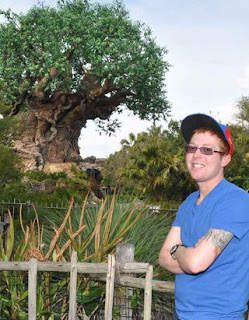Madagascar's history begins some 2000 years ago, when people sailed to the island from Indonesia and surrounding areas. Since then, there have been kings, European colonizers, pirates and politicians ruling the country!
In 1000 CE, Arab merchants began using Madagascar as a trading post, but it wasn't until the 1500s that the first Europeans landed in Madagascar. Portuguese, French, Dutch, and English explorers all tried to set up trading posts, but none were very successful, as the local Malagasy kings and queens wouldn't let them rule the area. Then, in the eighteenth century, pirates ruled the eastern coast of the island! After this, there was a series of wars, rebellions and invasions, which created Madagascar as a colony of France, and finally an independent country on June 26, 1960.
This complicated history has left Madagascar with a culture almost as unique as its wildlife. Drawing influences from southeast Asia, India, Africa, and the Middle East it is definitely not like anything else in the world. It has created over 20 different ethnic groups with their own ritual beliefs, taboos, and celebrations. Due to colonization, a number of people are Christian, but mix this with their traditional beliefs.
One tradition is called famadihana, which is practiced by both the Merina and Betsileo tribes of Madagascar. Famadihana or "turning of the bones", is a joyful celebration that happens four to seven years after the death of a loved one. In this celebration, the bones of the deceased are brought out of the crypt and passed around the family during a feast with dancing and singing. The deceased are told about all the big events that have happened in the family since they passed away, and are introduced to newborns of their family.
At the end of the celebration, they are rewrapped in a new burial shroud and placed back in their tomb. Instead of being a morbid practice, it is actually one that celebrates life, and shows how strong family connections can be. In fact, for many groups, family is the most important part of someone's life, and they will do anything to help another family member.
With this project, we are making the people of Ambato Boeni our family, and showing that we will do anything we can to help them have a better chance at life.
 A huge part of the project is all about awareness and education. We're spreading the message of change and action, and now you can too! Starting today, you can order Madagascar 2012 t-shirts and crests at your local Scout Shop, or even online! Click here to visit the Scout Shop site. This is a great way to show everyone that you're changing the world in 2012. All proceeds go direcctly to the project, which means that as you raise awareness, you're also helping to raise a roof in Ambato Boeni to help educate youth from around northwest Madagascar.
A huge part of the project is all about awareness and education. We're spreading the message of change and action, and now you can too! Starting today, you can order Madagascar 2012 t-shirts and crests at your local Scout Shop, or even online! Click here to visit the Scout Shop site. This is a great way to show everyone that you're changing the world in 2012. All proceeds go direcctly to the project, which means that as you raise awareness, you're also helping to raise a roof in Ambato Boeni to help educate youth from around northwest Madagascar.






